Outages
Current Outages
This map shows outages on our system as reported.
Outages automatically populate to the map but are not removed until restoration has been confirmed and cleared by the dispatch center. Therefore, there can be a delay in real-time updates on the outage map.
Report an Outage
To report an outage please call us or fill out the provided e-form.
Anchorage
Outside Anchorage
Danger tree hotline
907-762-7888
800-478-7494
907-762-7227
Report an Outage
Resetting Your Circuit Breaker
Resetting your home's circuit breakers can sometimes restore power when it goes out. Learn how to reset your breaker safely and easily.
Energy Watch Action Plan
CURRENT STATUS: Green
Chugach is continually planning for the gas needs of our members. We don’t anticipate any challenges, but circumstances can change for us or other utility providers that might require members to take energy conservation steps.
The Energy Watch Action Plan outlines the levels of green/stable, yellow/caution, and red/alert. Each step has recommendations for what members can do to reduce stress on the overall system. We will keep the Current Status button updated at all times, so you know what to expect.
If circumstances change, we will use a variety of communication channels to announce what is happening and what action members can take.
.webp)
Are You Prepared For a Power Outage?
Here are some tips for your safety and comfort. Select a category to view tips to help you before, during, and after a power outage.
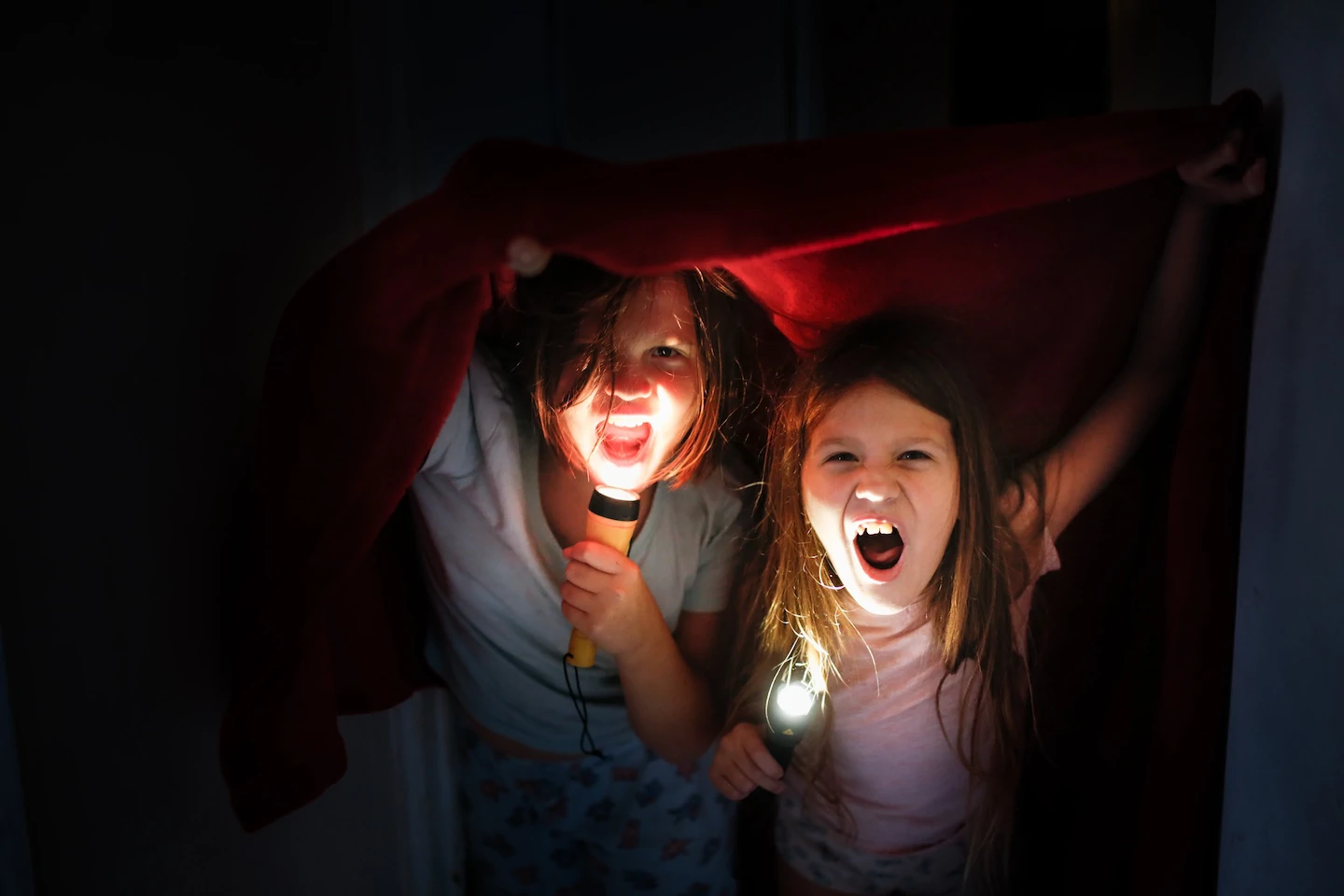
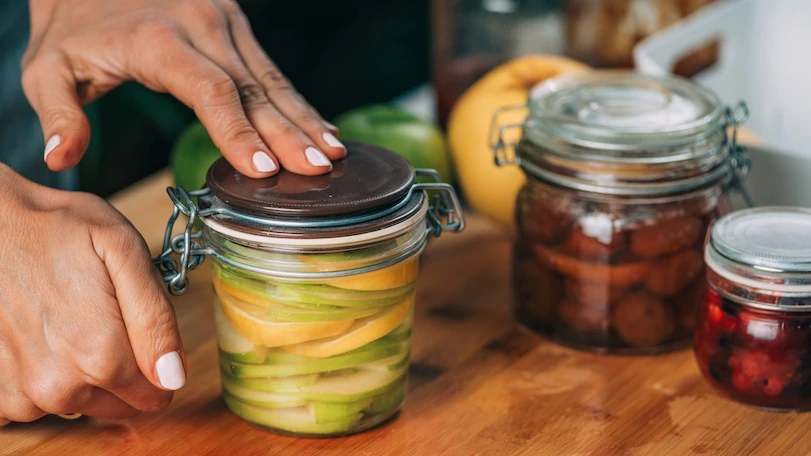
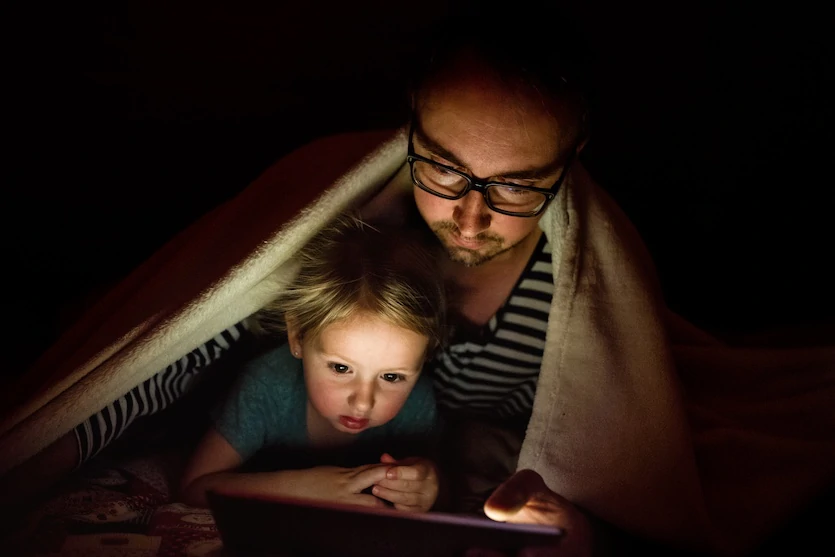
Outage Preparation
Flashlights
Head-lamps and battery-powered lanterns allow for hands-free operation.
Candles
Candles should be enclosed in glass mantle for safety.
Radio
Have a battery powered and/or hand-crank radio (NOAA weather station capable is best).
Extra Batteries
Important to have for essential electronics.
Emergency Contact Information
Have family and other emergency contact information written down on paper in case cell phones/electronic contact list is unavailable.
Food & Water
Stock ready-to-eat, non-perishable, no-cook foods and emergency water supplies (one gallon, per person, per day in case local well or city water systems are unavailable)
Wood
Stock wood for wood stove/fireplace.
Cell Phones
Keep cell phones and other electronics charged.
Breaker Panel
Be familiar with location and operation of your indoor breaker panel (complete with labels) to reset circuit breakers if necessary.
Garage Door
Know how to manually open your garage door.
Family Safety Plan
Include how/where to evacuate if necessary.
Ice
Have ice to surround food with in the cooler or refrigerator or freezer.
Digital Thermometer
To ensure food is cold enough to eat safely (less than 40˚F)
Electrical Safety
Turn Off/Unplug Unnecessary Electrical Equipment
This will pervent electronics from getting damaged if there are power surges.
Leave One Light On
This will let you know when the power comes back on.
Portable Generator
Only use a portable generator if you are familiar with its operation and, if connected to your home, it must have a transfer switch installed by a qualified electrician. These requirements ensure the safety of linemen and equipment protection.
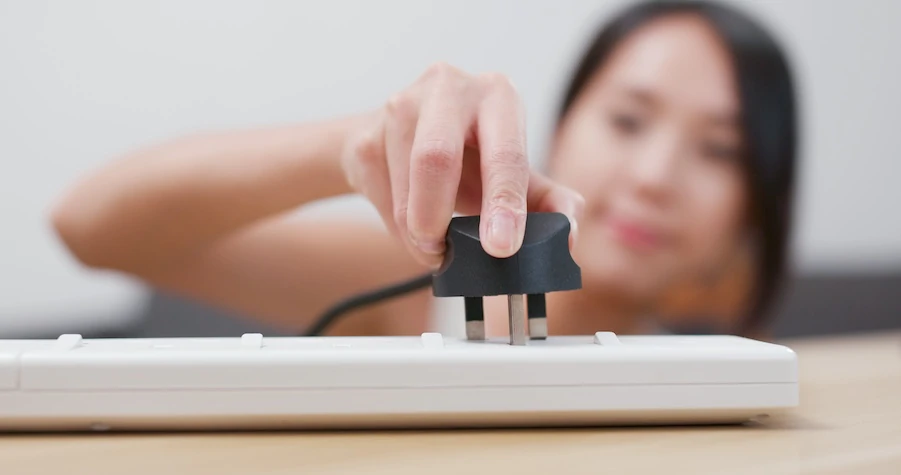
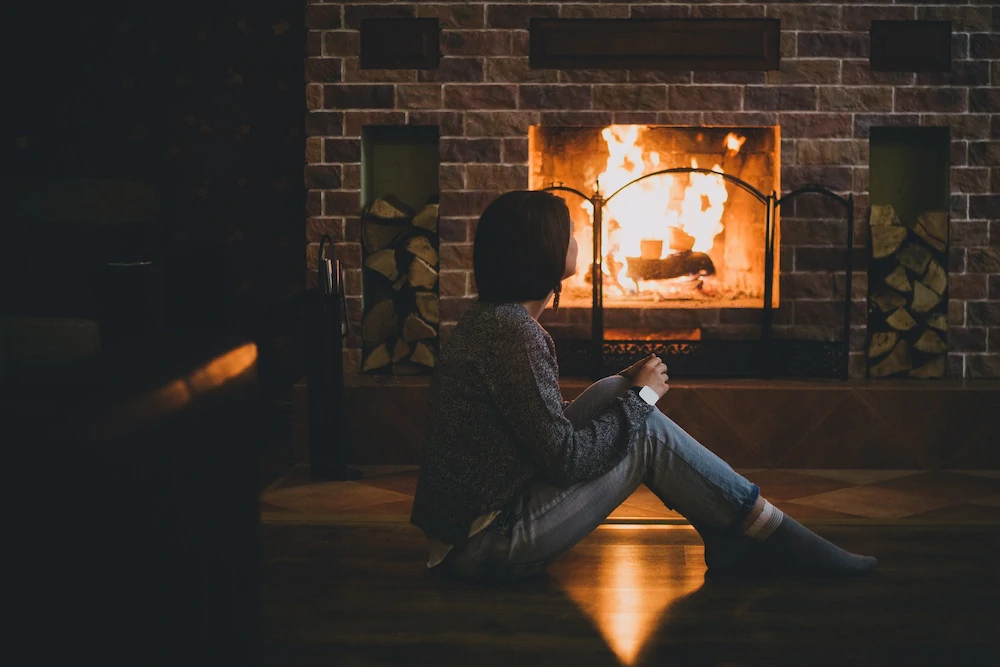
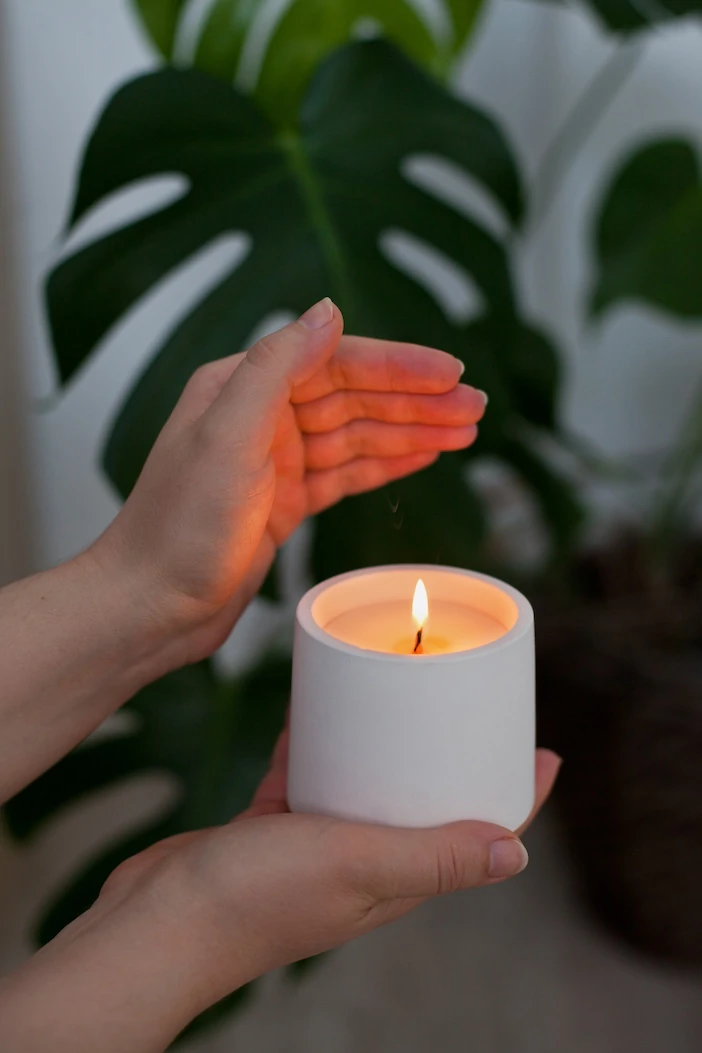
Home Safety
Candles & Fireplaces
Keep candles on fireproof surface and avoid open fireplace flames or burning inappropriate materials. Children should not handle candles.
Gasoline, Propane, Natural Gas or Charcoal Burning Device
Do not use a generator, grill, camp stove or other gasoline, propane, natural gas or charcoal burning device inside your home, garage or other enclosed space.
Carbon Monoxide & Smoke Detectors
If a carbon monoxide or smoke detector alarms, move to a fresh air location, preferably outside.
Emergency Calls
Call for emergency help from the fresh air location.
Travel
Avoid unnecessary travel by car as traffic and street lights will likely be out.
Electricity-Dependent Medical Equipment
If someone is dependent on electricity for health reasons, they should be relocated to a hotel or medical facility with uninterrupted or back-up electric service.
Food Safety
Maintaining Cold Food Temperatures
Minimize opening refrigerator, freezer and coolers.
Order of Usage
Use perishable foods from the refrigerator first. Next, use perishable foods from the freezer. Lastly, use non-perishable items.
Ice
Be aware of locations where ice, such as dry ice, can be obtained to pack into a cooler or your refrigerator to preserve food during an extended outage.
More information can be found at the U.S. Food & Drug Administration
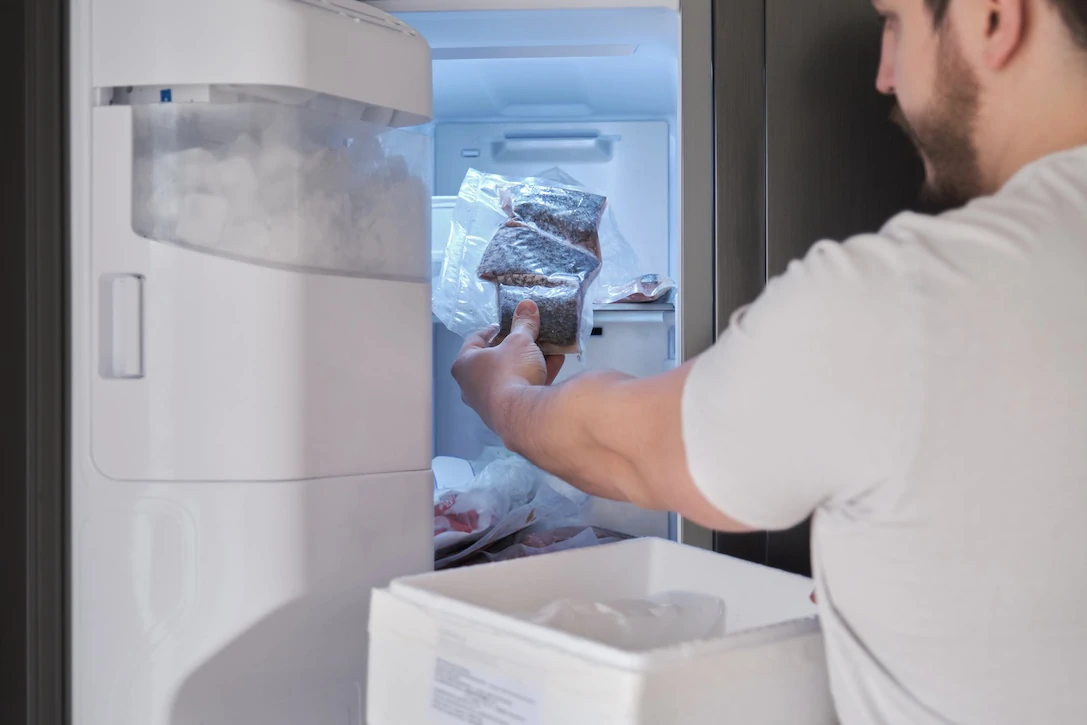

After Outage
Throw Out Contaminated Food
Throw out any food that has been exposed to temperatures of 40˚F or greater for two hours or more or has an unusual odor, color or texture (when in doubt, throw it out).
Restore Electronic Items
Plug in electronics and other disconnected items and reset electronic clocks.
Check Indoor Systems & Appliances
Walk through your home to make sure all mechanical systems, water systems, furnace, and appliances are operating normally.
Ice
Be aware of locations where ice, such as dry ice, can be obtained to pack into a cooler or your refrigerator to preserve food during an extended outage.
More emergency safety tips available at ready.gov

